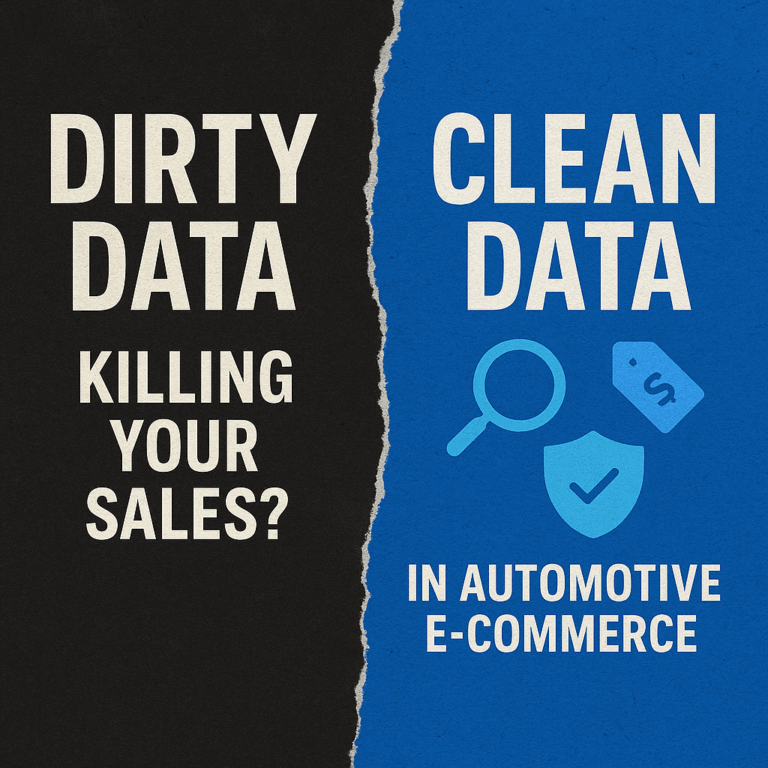
Dirty Data Clean Up: How to Turn Catalog Chaos into Ecommerce Sales Power
In the automotive aftermarket, messy catalogs and “dirty data” can stall sales before they start. Inconsistent listings, incorrect fitment, and missing details don’t just frustrate customers, they cost you conversions, returns, and revenue. As Selina Rentz-Weddle of MANN+HUMMEL noted, “dirty data creates friction at every level.” This article explains how cleaning up your catalog and syncing data across platforms can transform chaos into ecommerce sales power, and how Data Here-to-There’s apps make the process seamless.






